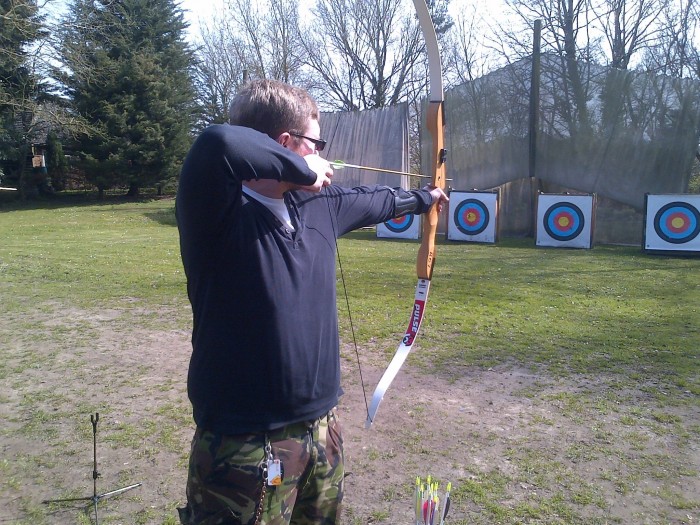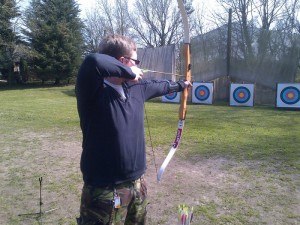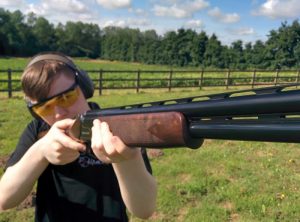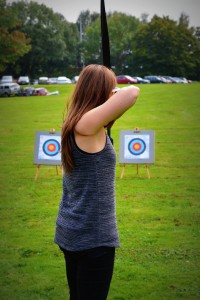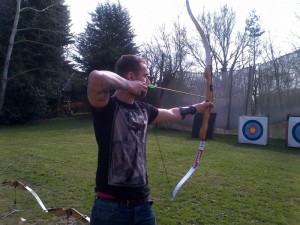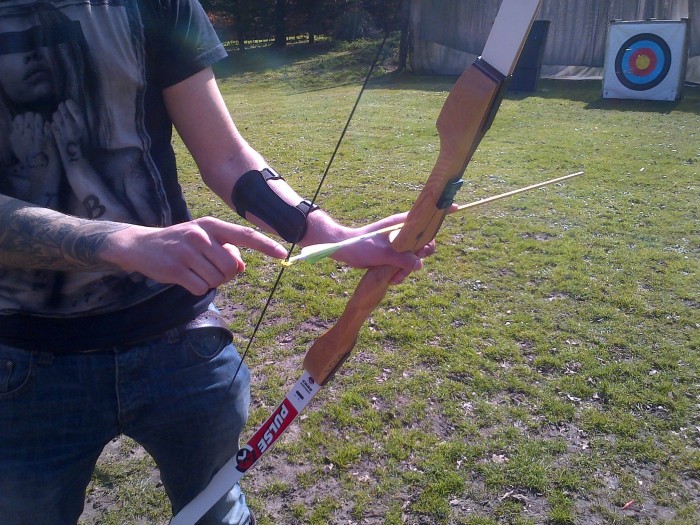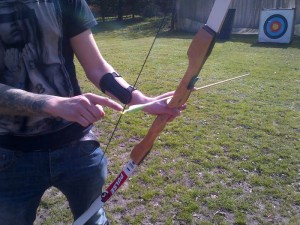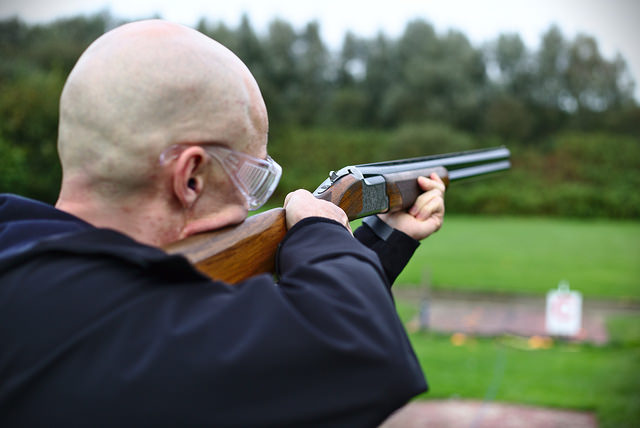
Choosing a shotgun is something that can be both a long and enjoyable process, with so many brands and models out there it is easy to get overwhelmed. Resident shooting enthusiast Steph Brooks is here to help you to navigate you through this maze of terminology and make the right choice….
First of all, here in the UK, you are going to need a shotgun license and you can check out our comprehensive guide to getting one here.
What are the different types of Shotgun?
There are 5 kinds of shotgun available that are all used for slightly different disciplines :
- Over and Under : These shotguns were once considered horrible aberrations compared to side by side shotguns but eventually won people over thanks to their single sight plane. They are mechanically similar to the single barrel shotgun, but over and under shotguns feature a break barrel mechanism, and often come with ejectors, making reloading them easy. These shotguns are so called because they feature one barrel mounted over the top of the other and are often used for serious clay pigeon shooting such as skeet and trap shooting disciplines. Check out our range of Over and Under shotguns here.
- Pump Action : These types of shotgun are used all across the world and feature some of the most versatile models in existence. They are used for everything. For example, the police in some American states use a Remington Model 870. Pump actions have traditionally been derided for their mass production and use of cheap materials. However, this is no longer the case, as people continue to want a versatile all useful shotgun all the way up the price range. Check out out our range of pump action shotguns here.
- Semi Automatic : Semi automatic shotguns are perhaps the most recognisable of all and are just as versatile as pump actions. The main advantage over pump actions is the semi auto mechanism which will fire shells as fast as you can pull the trigger. Gas cycling shotguns are also great at minimising recoil especially into the shoulder. “If you start to flinch, you might as well go home”, the saying goes, among shooters. Semi automatics definitely help to reduce this, and makes them suitable for all activities and can keep you in the field for longer. Check out our range of semi automatic shotguns here.
If your shotgun has a capacity of more than 3, you will require a firearms license (FAC) to possess it. To see which one is for you, the easiest thing is to try. Very few gun shops worth their salt will try to pigeonhole you into a type of shotgun before you know what you want to do with it.
Gauge the Situation
Shotguns are typically chambered in gauges instead of calibres and this is the next thing you must decide when picking your shotgun. The gauge, sometimes called bore, is a measure of how many lead balls it takes in the barrel to make a pound, and therefore smaller gage numbers equals a bigger chamber. Gauges usually range from 10 up to 28 but the most common gauges are 12, 20 and .410 so I’ll take you through those. Here’s the full range of our shotguns….
- 12 Gauge : Over 50% of all shotguns sold are 12 gauge, making it by far the most popular choice. This is due to a good balance between accuracy and power, and makes this gauge extremely easy to find ammunition for. Birdshot, slugs, buckshot, they are all found in abundance in 12 gauge ensuring these shells can be used for almost all applications.
- 20 Gauge : This is the second most popular choice of gauge and is designed to be just as effective as a 12, but with greatly reduced recoil and makes this type or shotgun more suitable for younger or smaller shooters. Essentially if you can’t handle the recoil of a 12 gauge, try a 20 although note you are sacrificing some lethality by doing this.
- 410 Gauge : A newer, American invention, the .410 gauge is based on the .45 Colt round and even come in subsonic varieties. The recoil of these shotguns are even less than their 20 gauge counterparts, but often contain less shot. For example a 12 gauge 000 shell contains 10 pellets where as a .410 gauge contains just 3.
Shotgun Shells
Shotgun cartridges come in multiple varieties with varying loads and shot sizes that are all used for different activities, so your choice of cartridge largely comes down to this.
- Birdshot : Similar to gauge, when categorising bird shot shells, the smaller the number, the larger the shot. This, as the name suggests is for birds such as pheasant, partridge or quail, but can also be used for clay pigeon shooting. Birdshot is also used for targeting waterfowl as well, but steel shot must be used due to the animal’s proximity to water. When shooting steel shot, lower power or larger shot size should be considered, as steel shot, being significantly harder than lead, has a tendency to pass through an animal. This leads to a slow death rather than a humane one. Also check that your barrel has been proofed for steel shot, most modern shotguns have been, as the harder shot can damage the internal chamber.
- Buckshot : Used to hunt larger game, such as deer, buckshot contains larger sizes of shot that must be carefully packed into cartridges rather than being poured. Different countries use different systems for sizing, but in the UK it goes : LG, MG, SG, SSG, SSSG, SSSSG, AAAA, AAA, from biggest to smallest. Why not use numbers? Who knows, but learn it because it’s important. The larger size of this shot decreases spread but vastly improves lethality. Because of the size of the projectiles that are moved in buckshot, the recoil felt by these cartridges is significantly greater than birdshot shells. Reduced recoil cartridges have recently become available and are made for practising without shoulder fatigue.
- Slugs : Unlike the other cartridges on this list, slugs are not made from multiple balls of lead shot but are instead one large projectile that are used to hunt large game in populated area where rifles are of a concern because of their long range. Slugs have devastating power but have maximum ranges of around 400 years compared to up to 2 for rifles. Slugs are often rifled which aids their accuracy as shotgun chambers are usually smooth. Slugs are usually shot from shotguns with a straight choke, or even no choke at all, and are usually just 12 gauge, although there are also .410 slugs available.
It is worth noting that as slugs exceed 0.36 in diameter they require a firearms certificate (FAC) to posses. You can find a good choice of ammunition if you wish to buy shotgun cartridges here.
Shotgun Added Extras
There are also several items that are designed to improve your shotguns performance. These are not essential to be able to shoot shotguns but could improve your shooting and make the difference between a hit and a miss.
- Chokes : A choke is a tapered constriction of the end of a shotguns barrel that is designed to tighten the spread of the pellets and increase range and accuracy, chokes are almost always used when hunting to ensure humane, one shot kills. There are many different sizes of choke ranging from Cylinder, which offers no constriction and is usually reserved for slugs, to Turkey, which constrict the barrel by over 0.05 inches. This may not seem like a lot but this constriction is magnified over the shotguns range and can produce incredibly tight spreads. Check our our shotgun chokes here.
- Silencers : Depending on where you are shooting, a silencer, or moderator may not be necessary. But in residential areas noise is a valid concern, and the muzzle noise from a shotgun can also cause considerable damage to hearing. Even though hearing protection is recommended, a silencer can also help drastically reduce noise. Only shotguns with 1 barrel (single barrel, semi auto, pump action) shotguns are capable of having silencers attached, and some of them require modification due to a vented top rib.
- Cleaning Kits : Shotguns usually experience a build up of lead and other deposits inside the barrel that needs to be removed every so often. The amount of and the speed at which this builds up largely depends on your choice of cartridge, but if left unchecked this build up can drastically affect accuracy, and even cause misfires and other problems. Most cleaning kits will be set to a particular gauge and will consist of either a chamber brush or a pull through, which has stiff wire bristles to scrape the chamber clean.
Keeping a shotgun well maintained is one of the most important aspects of ensuring a long working life and consistent shooting accuracy. Gun oil is ideal for all the moving parts and stock finish is also a good ideal if you shotgun features a wooden stock that needs protecting. You can take you pick by perusing our range of shotgun cleaning kits here.
- Protective Clothing : If shooting at serious competitions, you might want to consider your apparel. Padded gun vests can help negate the fatiguing effect of recoil, whilst ear defenders and ballistic glasses protect your eyes and ears against things going wrong. Glasses are even sometimes colour to help you pick out clays against the sky. You can check out our range of ear defenders here.
Hopefully this has guided you through some of the tricky terminology that can make picking a shotgun difficult. For more help and advice, stayed tuned on our blog, or give us a call!

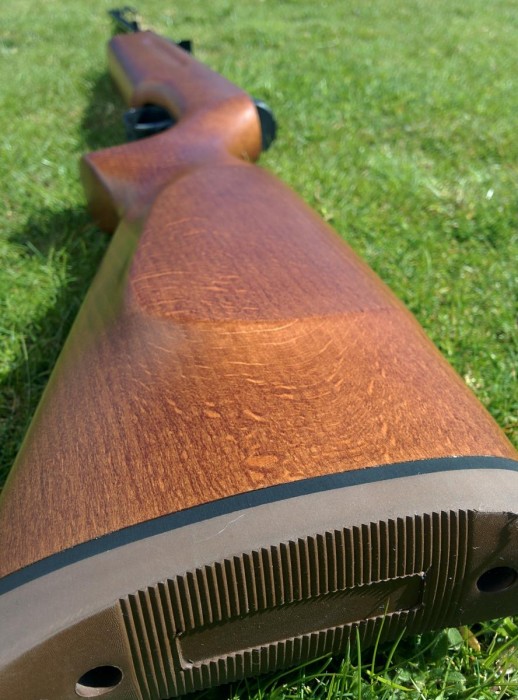

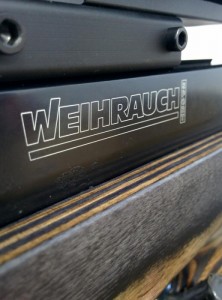
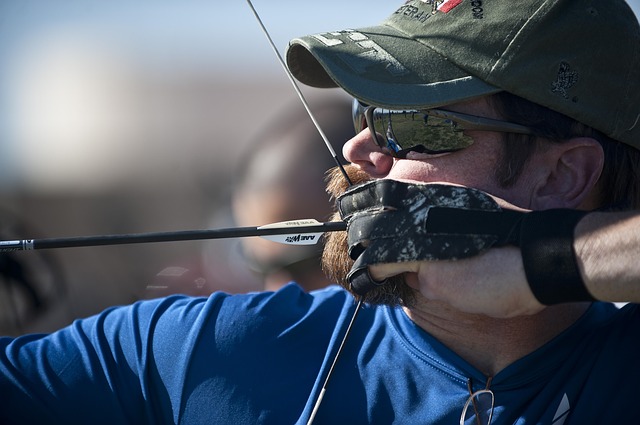

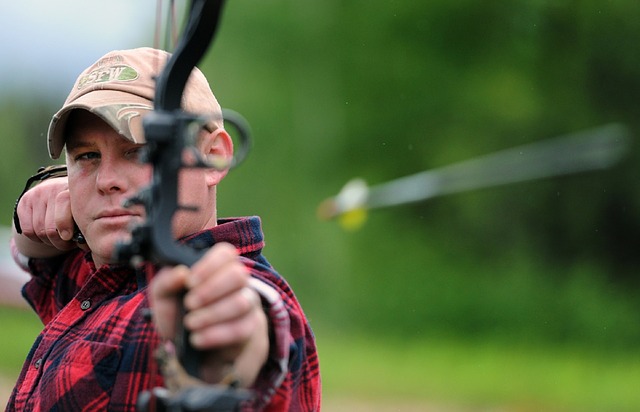
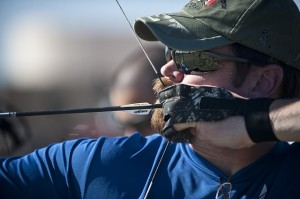 Thanks to Hawkeye, Disney’s Brave and Katniss Everdeen, Archery is finally being given the recognition it deserves for being a pretty cool sport.
Thanks to Hawkeye, Disney’s Brave and Katniss Everdeen, Archery is finally being given the recognition it deserves for being a pretty cool sport. 